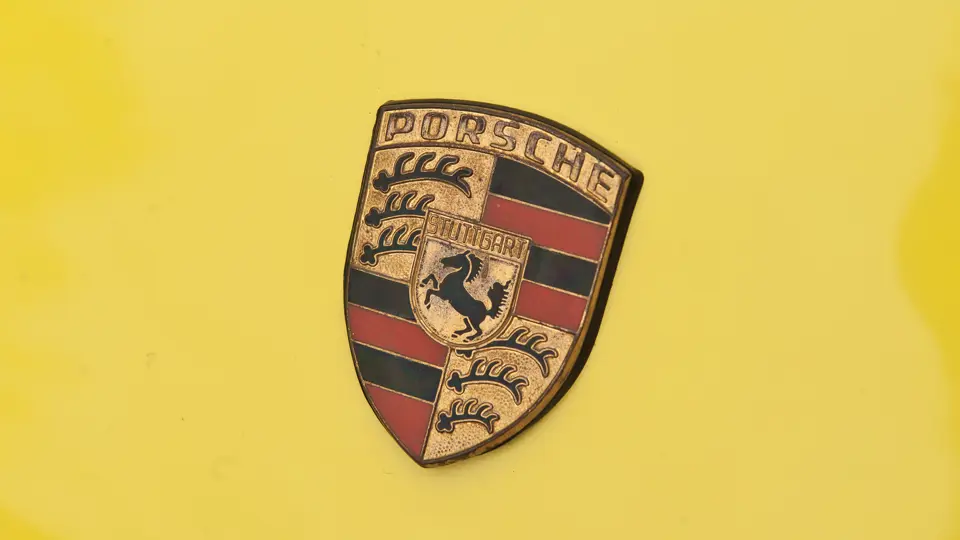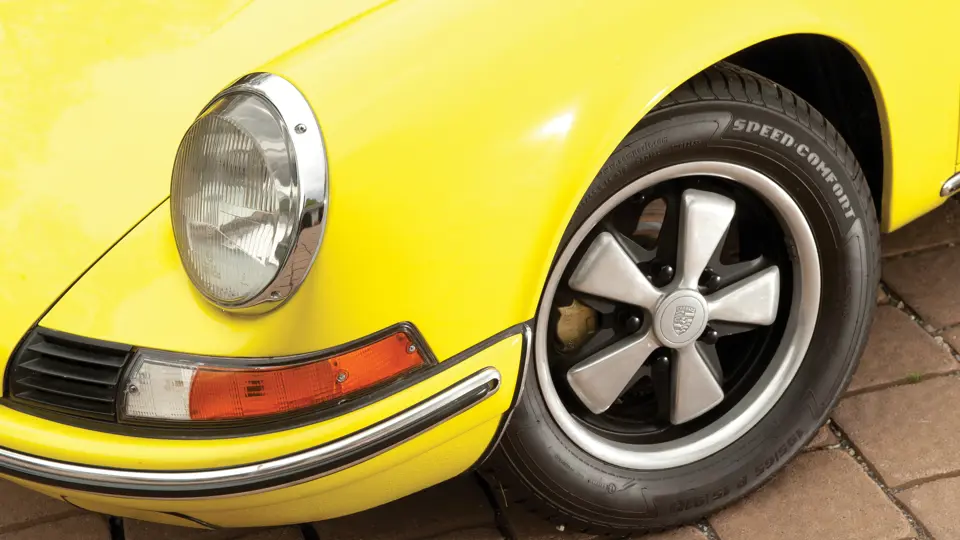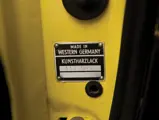140 hp, 2.4-liter air-cooled alloy flat-six with twin Zenith 40 carburetors and dry sump oiling, five-speed all-synchromesh transmission, four-wheel independent suspension, four-wheel hydraulic disc brakes, pressure-cast Fuchs 15-inch alloy wheels. Wheelbase: 89.4"
• Total recent restoration by Swiss marque expert
• All-original, matching-numbers example
• Rare, desirable “S” options – gauges, Fuchs alloy wheels, five-speed gearbox
After the fourth series 356 model (called the “C”) debuted in 1964, Porsche’s next model, the 911 series, was already on Ferdinand “Butzi” Porsche’s drawing board.
The new Porsche remained rear-engined with a unit-body chassis but a smooth two-liter air-cooled flat-six replaced the four-cylinder which was mated to a four- or five-speed all-synchromesh transmission. The 911 was introduced at the Frankfurt Auto Show in September 1963, meeting all the criteria set out by Dr. Porsche. It resembled the previous model but was more powerful, smoother, quieter and had more space for people and luggage than the 356. The 911 body was functional and breathtakingly attractive in an ageless design that has remained remarkably unchanged right up to the upcoming “991” generation of 911s for 2013.
The high performance 911 S model appeared in 1967 as well as the attractive lightweight “Fuchs” five-spoke alloy wheels. In 1968 the “S” was joined by the more economical “E” and 911 “T” variants. In 1969 the wheelbase increased 2.24 inches to a total of just over 89 inches.
By 1972, the year of the attractive light yellow example presented here, the engine displacement had been increased to 2,341 cc (2.4 liters) which produced 140 hp in the 911 T version. 911 Ts are seldom found in such perfect and freshly restored condition, nor with the rare “S” options of this car, providing a Porsche enthusiast with the opportunity to acquire an early 911 suitable for shows and spirited sunny day grand touring.

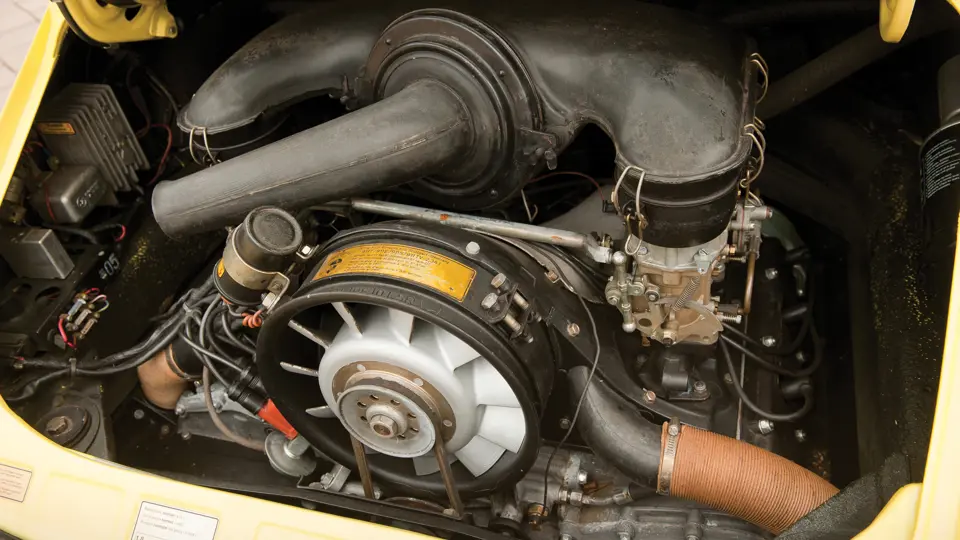


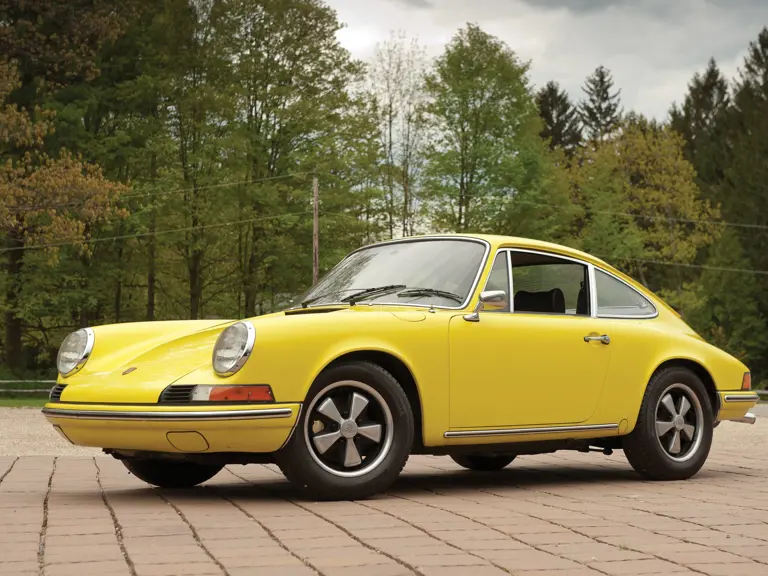
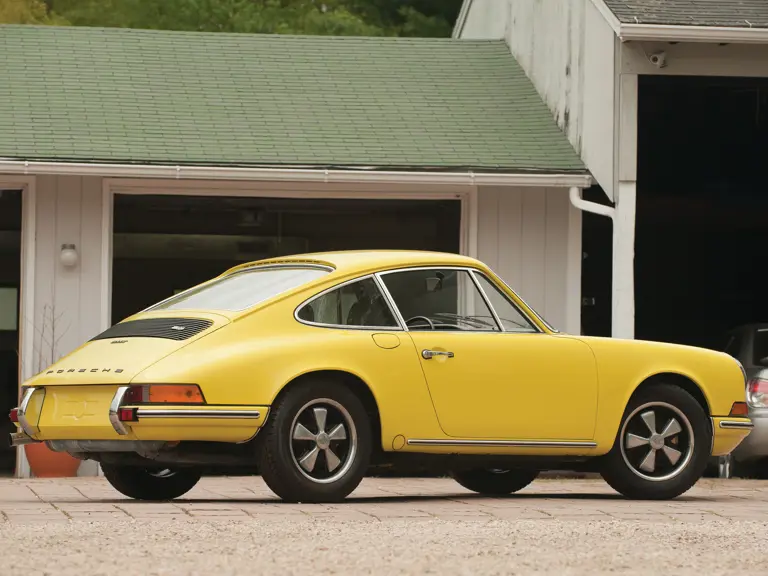
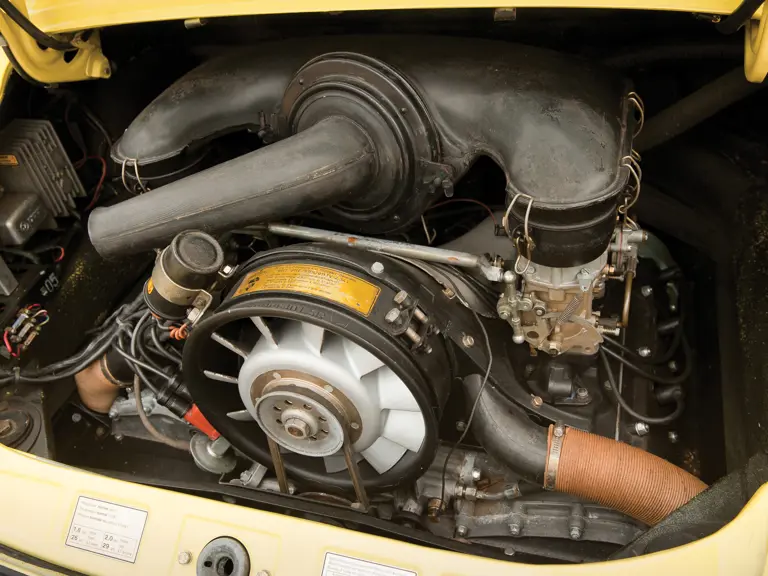

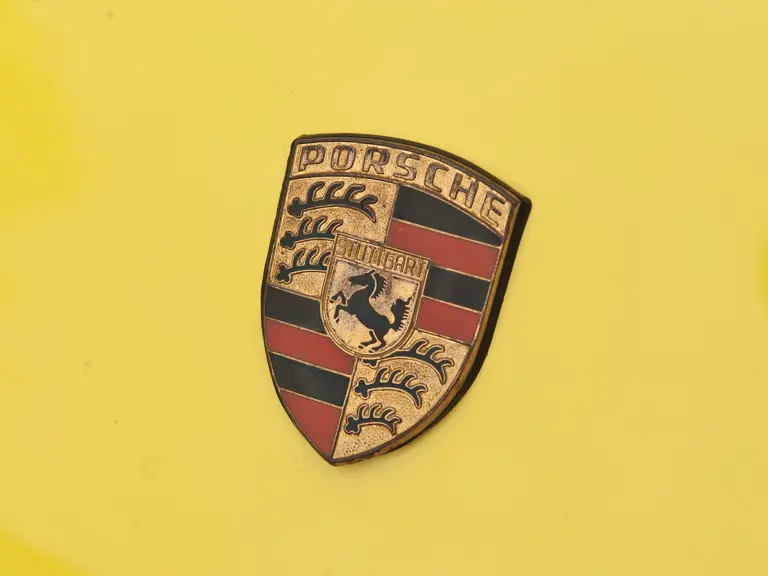
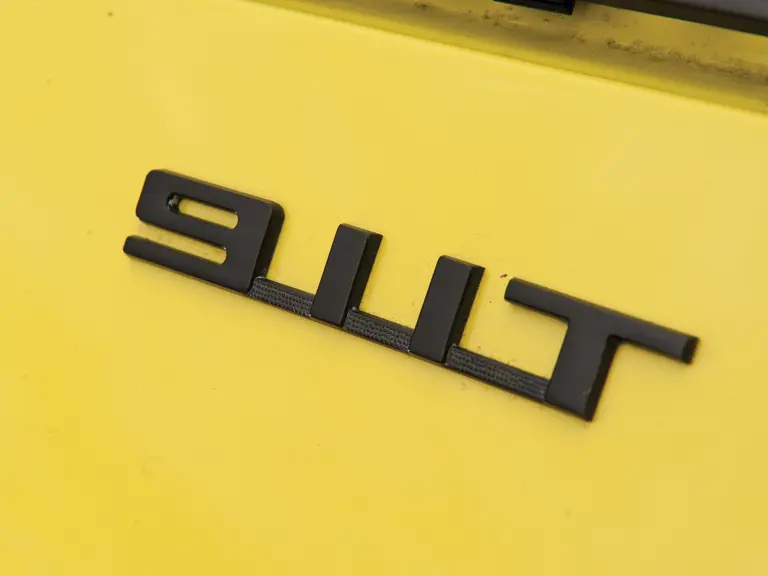
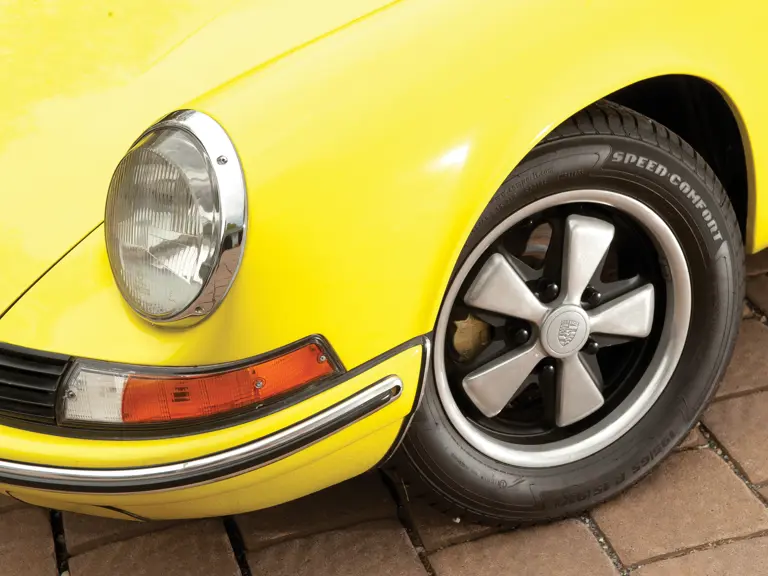
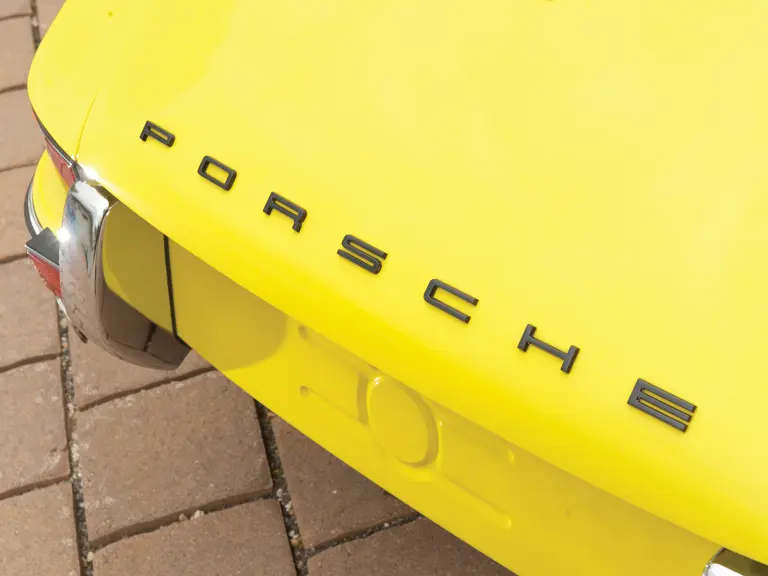
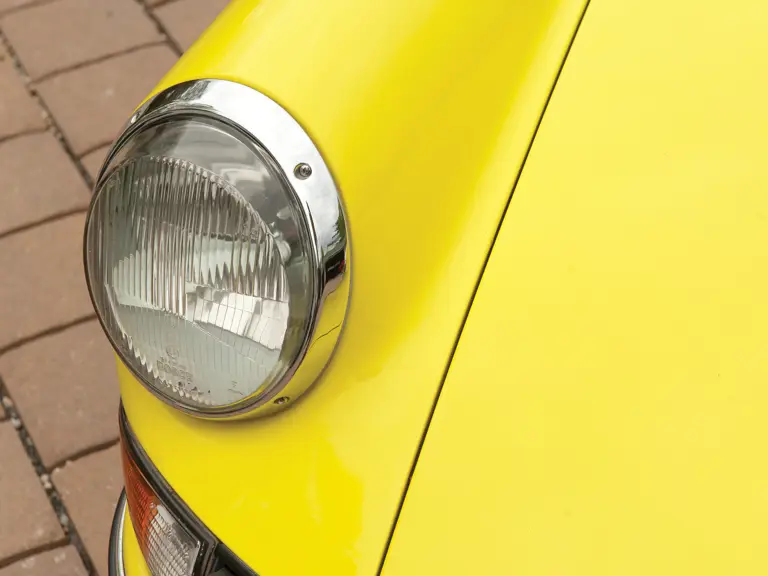

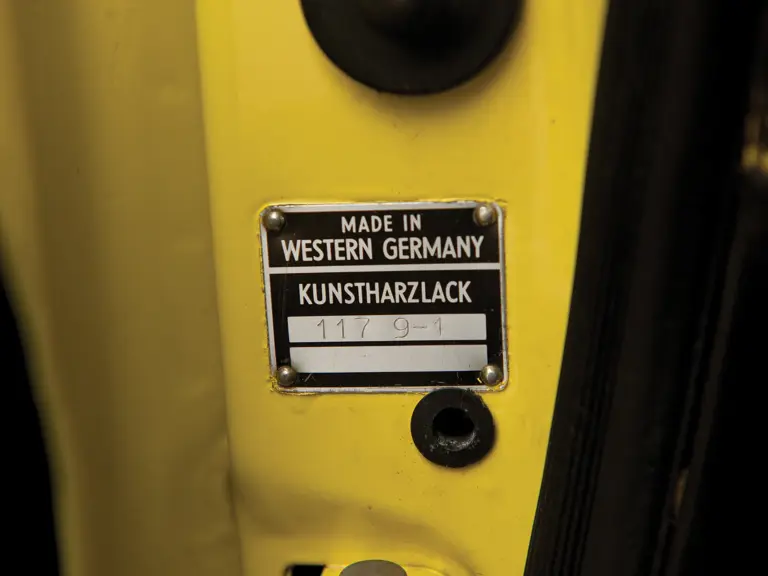
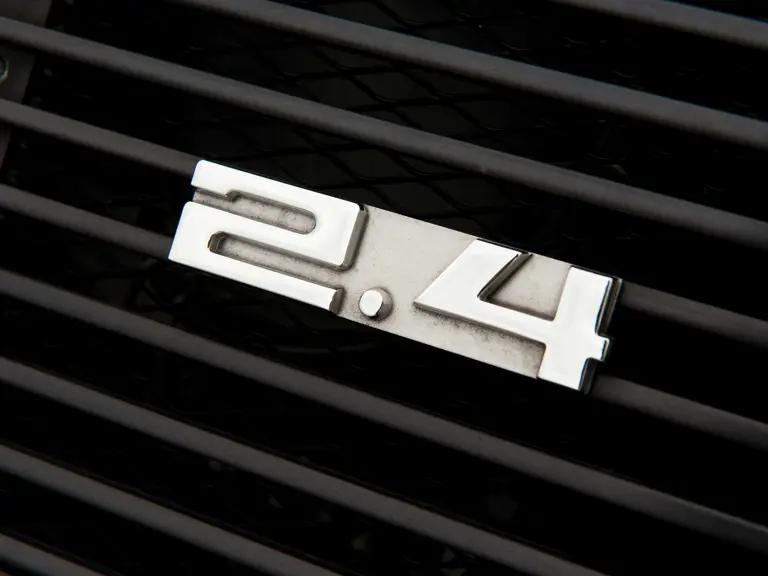

 | Phoenix, Arizona
| Phoenix, Arizona
